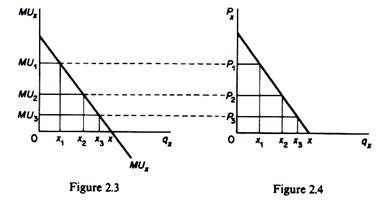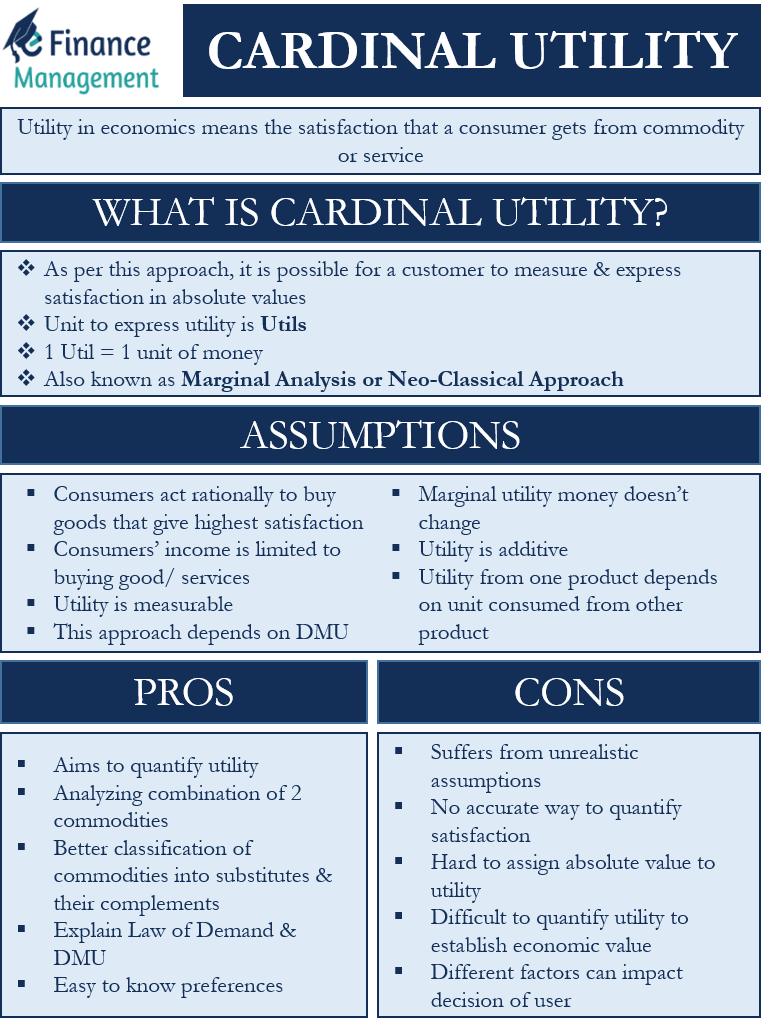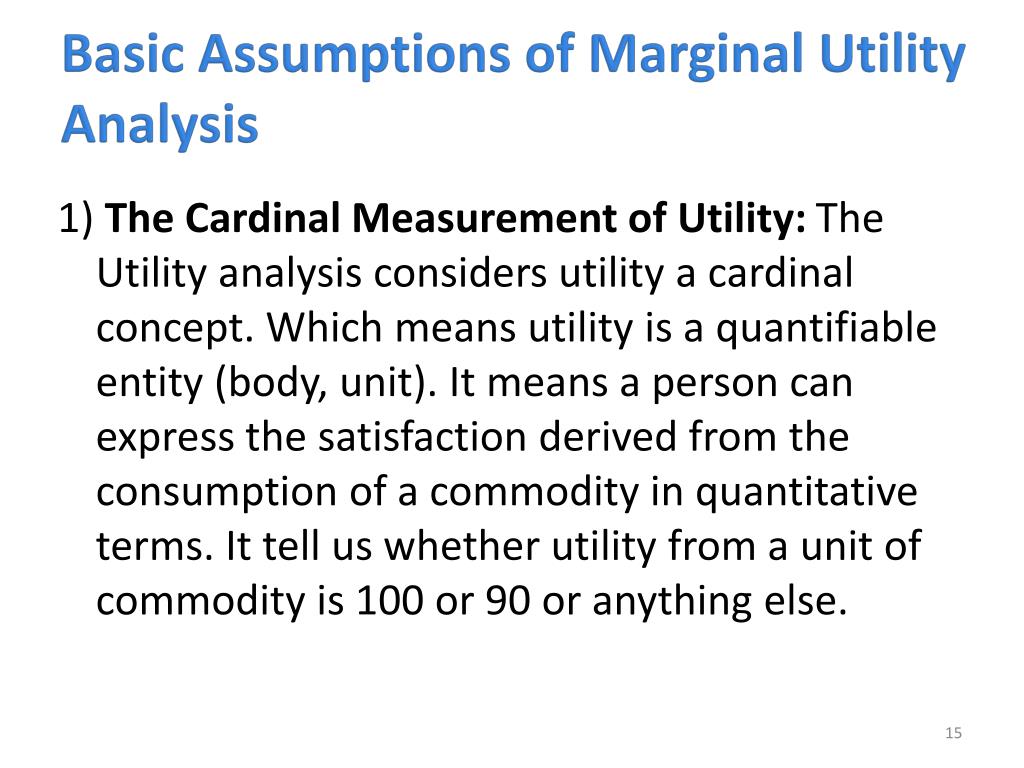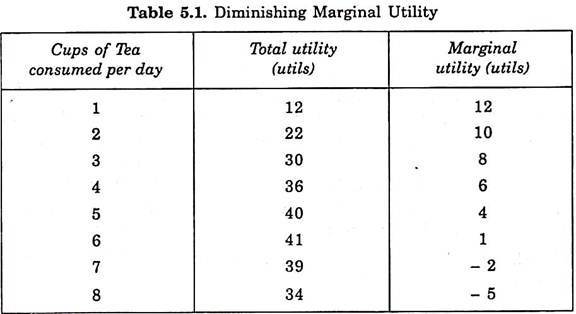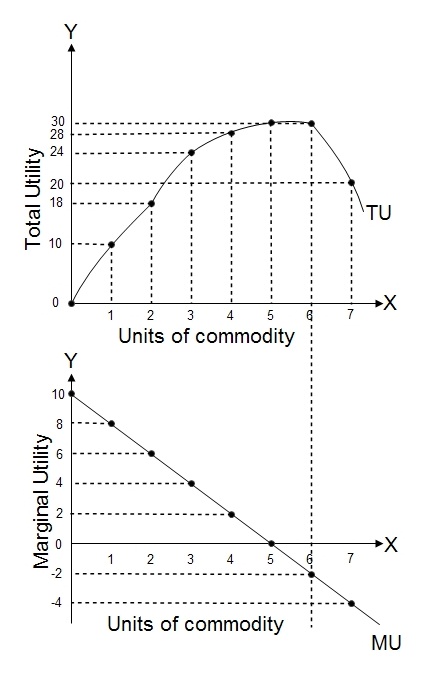Cardinal utility is a concept in economics that refers to the measurable utility or satisfaction that a consumer derives from consuming a good or service. The concept of cardinal utility is based on the assumption that utility can be quantified and measured on a numerical scale, and that the utility of different goods or services can be compared to each other.
One of the key assumptions of cardinal utility is that utility is subjective, meaning that it varies from person to person and is based on an individual's own preferences and needs. For example, one person may derive a lot of utility from eating chocolate, while another person may not find chocolate very enjoyable at all. This subjective nature of utility makes it difficult to measure and compare the utility of different goods or services, but economists have developed various methods and models to try and do so.
Another assumption of cardinal utility is that utility is additive, meaning that the total utility of a combination of goods or services is simply the sum of the utilities of the individual goods or services. For example, if a person derives a utility of 3 units from consuming one chocolate bar and a utility of 4 units from consuming one apple, the total utility of consuming both the chocolate bar and the apple would be 7 units. This assumption of additivity allows economists to compare the utility of different combinations of goods and services and to make predictions about consumer behavior.
A third assumption of cardinal utility is that utility is diminishing, meaning that the additional utility or satisfaction that a person derives from consuming an additional unit of a good or service decreases as they consume more of it. This is known as the law of diminishing marginal utility, and it is based on the idea that as a person consumes more of a good or service, they become less and less satisfied with it. For example, a person may derive a lot of utility from consuming their first slice of pizza, but each additional slice may provide less and less additional utility. This assumption of diminishing utility helps to explain why consumers may be willing to pay more for the first unit of a good or service than for additional units.
In conclusion, the concept of cardinal utility is based on several key assumptions, including the subjectivity of utility, the additivity of utility, and the diminishing nature of utility. These assumptions are important in understanding how consumers make decisions about which goods and services to consume, and they form the basis for many economic models and theories.
